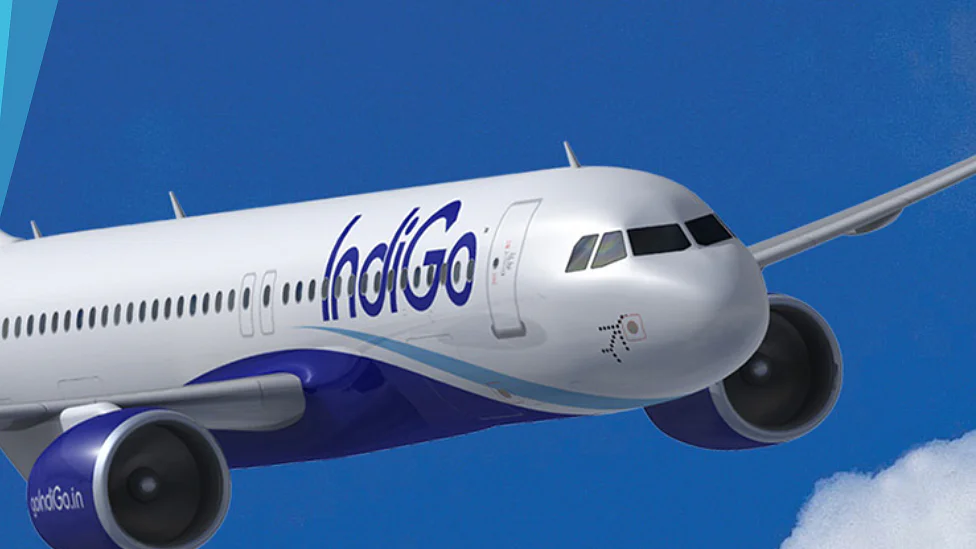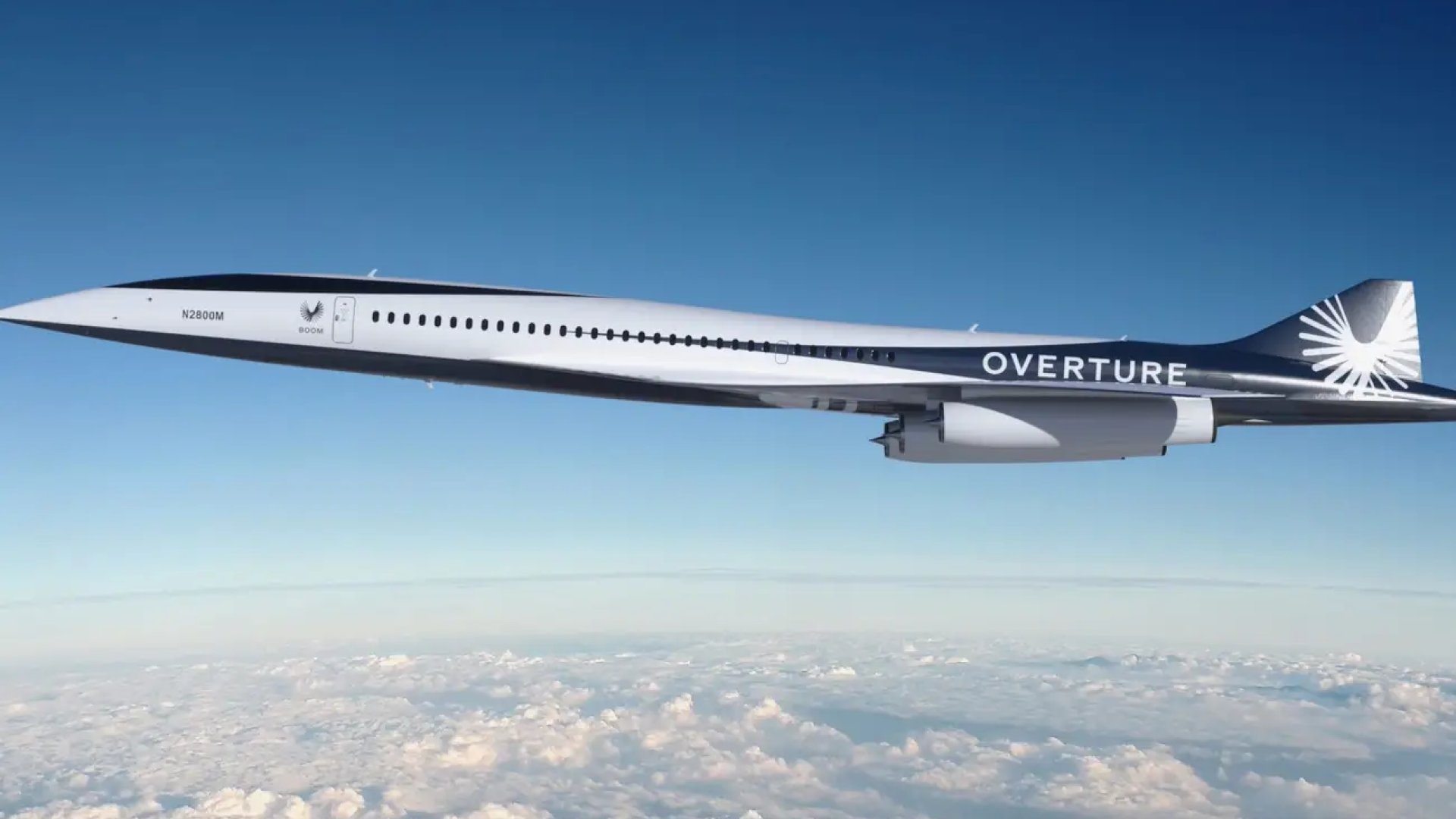Last year was a nightmare for air travelers, with epic crashes, more than a million mishandled bags, and a nationwide shutdown due to outdated FAA equipment. It’s difficult to imagine a time when air travel was enjoyable, let alone pleasurable.
Aviation experts and industry groups say the decline of air transport services is one of the top priorities. Decades of short-sighted decisions that prioritised efficiency and cost-cutting over quality and convenience came to a head during the pandemic, trapping millions of Americans in a headache-inducing, leg-sensitive flying purgatory with no sign of a long-term solution.
The trade-off
Johnny “Jet” DiScala, who visits more than 20 countries and runs a popular travel blog, could think of a dozen tips to make your next flight a little smoother. Unfortunately, he told Insider, there’s not much to be done about one of his least favourite aspects of flying: cramped legroom.
“When I started flying, there was about 39 inches of legroom,” said DiScala, who started flying as a child in the mid-1970s. “Now it’s 28.” It’s criminal.”
The Washington, DC, advocacy group Flyers Rights estimated that economy seats have lost about 8 inches of legroom since the early 2000s. And while seat cushions still vary in size, airlines have taken about 2 inches off the seat width. When the FAA began accepting public comments in August as part of its work to determine whether it should set a minimum seat size, it received more than 26,000 comments in 90 days, many of which complained about reduced passenger legroom.
The shrinking seat is just one of the many casualties of our modern flight experience. At the heart of these changes is a compromise made some 50 years ago. Before the 1970s, flying was a rich man’s game, and only a small percentage of Americans travelled by plane for leisure. But federal deregulation, designed to open up competition among airlines and lower prices to make flying easier, changed that. A long-term study by the industry group Airlines for America found that in 1971, only 21% of Americans said they had flown in the past year, and just under 50% said they had flown in their lifetime. As of 2019, just before the pandemic,45% of Americans said they had flown in the past year, and nearly 90% said they had flown at least once in their lifetime.
DiScala says mass use is worth it.
“I think this is the golden age of travel,” DiScala said. “Now, because of deregulation, there’s more competition, and airlines like Spirit are low-cost airlines that allow almost anyone to fly.”
However, the change had some unintended consequences. The effort to rein in government regulations has opened up breathing space for new businesses but has also sparked a cost-cutting race to the bottom line. Last year’s travel debacles are just the latest results of this cost-cutting. Lost luggage, overbooked flights, outdated equipment, hidden fees, and disorganised staff cause flyers. Consumer complaints about airline services are up 300% from pre-pandemic levels. And while these shenanigans cost travelers, they often do little to help.
“US airlines tend to be very, very focused on the bottom line,” Janet Bednarek, a history professor specialising in the airline industry at the University of Dayton, told Insider. “And when they compete, they want to compete on price, which means they don’t compete on service.”
The Law That Changed Everything The comfort of a soft seat was possible because the airlines were, as industry blog Simple Flying put it, “a guaranteed win.” The federal government dictated almost everything about air travel: how much airlines could charge for airline tickets, what routes they could fly, even their schedules. Many of these initiatives were introduced to improve safety after a number of high-profile accidents in the early days of commercial air travel.
But as aeroplanes improved and airlines figured out how to carry millions of people in the air, some of the stricter rules seemed less necessary. So President Jimmy Carter passed the Airline Deregulation Act in 1978 at the urging of economist and “inflation czar” Alfred Kahn. The law was part of a policy aimed at combating decades of high inflation through deregulation. The idea seemed simple: With fewer rules about who could operate and where, new companies could spring up to take on sclerotic incumbents, forcing everyone to lower prices and serve more people.
Previously, only certain airlines could fly on certain routes. And as Clifford Winston and Steven A. Morrison of Brookings noted, regulators overseeing these routes and airlines often did not let in potential competitors. Deregulation opened up new routes for airlines. And as regulation eased, new airlines emerged eager to serve previously guarded routes and charge competitive fares. Last travel season’s villain, Southwest Airlines, was able to take advantage of this new lack of rules to expand from a local airline to a national one. Herb Kelleher, one of Southwest’s founders, once acknowledged that the Airline Deregulation Act “literally made today’s Southwest Airlines and other low-cost carriers possible.”
Some industry players have welcomed the idea of deregulation with open arms. In 1977, United Airlines chairman Richard J. Ferris said the soon-to-be repealed regulations would “sow the seeds of destruction” for the quality airline.
Daniel May, president of Republic Airlines, said in a statement in 1983, when deregulation was in full effect, that “because of deregulation, domestic airlines are providing the public with much more and better service than they could expect under regulation.”
But some airlines, including TWA, which achieved certainty and guaranteed profit margins, opposed deregulation, arguing that competition would make life worse for pilots and put the industry in a fight for survival.
“The position of airline cockpit deregulation is that it is a cruel fraud on taxpayers, the vast majority of airline passengers, and airline shareholders,” said Henry Duffy, president of the Airline Pilots Association. 1983 Senate hearing on the effects of the bill He said deregulation “turned a once profitable industry into one where actual and threatened bankruptcies dominate the news,” adding that “the quantity and quality of services have been drastically cut.”
When regulations were eased, consumers were relieved. Between 1976 and 1993, prices fell by a third, with deregulation accounting for 60 percent of that price drop, according to Winston and Morrison. Between 2000 and 200
They were reduced by 25%.The number of competitors in each market rose to 3.5 in 2005 from 2.2 in 1980, the National Accountability Office report said. More people flew.
As competition declined, it was no longer possible to hire live bands for onboard entertainment or pay for other luxuries. The cost reduction did not stop there: squeezing seats allowed companies to sell more tickets to cover costs. Sometimes customers didn’t show up for their flights, so the airlines ended up selling more tickets than there were seats available; if they were overextended, they could just pay the unhappy customer they encountered and still show up.
Many industry insiders admitted that the promised deregulation ultimately fell through.”The American airline system has deteriorated significantly,” former American Airlines chairman Robert Crandall said in a 2008 speech. He added that “the air service has become unacceptable by any standard.”
Ultimately, however, the following decades proved that safely flying an aluminium tube full of people up to 30,000 feet is an expensive endeavor. And while more people were able to hop on a plane, the race to the bottom caused a lot of headaches for consumers and airlines. In 2001, American Airlines bought TWA, which filed for bankruptcy three times. Without those guaranteed returns of the pre-deregulation era, the foundation was laid for today’s difficulties.
The Race
So far, the promise of increased competition has largely been shelved. Just four companies—Delta, American, United, and Southwest—controlled 66 percent of the U.S. market in 2021. And while more Americans are flying, the idea of dramatically cheaper flights seems to have evaporated. Air ticket prices are about 11 times higher than they were in 1969, while inflation pushed total prices up to about eight times what they were then. was Jeffrey Price, an aviation security professor and consultant, said airlines essentially have a monopoly on long-haul travel because there are few other ways to get around the country.
“We really don’t have any other options,” like a national high-speed rail system, Price said. “Leisure travellers are completely at the mercy of the airlines unless they really want to go and get a recreational vehicle, and most people don’t have that kind of time for vacations anymore,” he said.
At the same time, airlines are trying to hold on to potential profits. Wages for pilots, airlines, and airport workers were cut, contributing to a severe labour shortage. Additionally, the industry has been slow to update its technology to cut costs, as evidenced by the FAA’s Jan. 11 system shutdown that affected more than 9,000 flights.
“The system is ancient, it doesn’t have adequate backups, as we’ve all seen, and it should have been updated 20 years ago, not six years from now,” Price said.

This innovation, known in the industry as the “next generation,” has been around since 2003. Price said that while some of the delays are due to the usual dirtiness, the industry also has no incentive to speed up when things change. moves relatively smoothly.
“The US aerospace system hasn’t been shut down since 9/11.” “Now we’ve seen it can be done because someone put the wrong file in a folder or something,” he said. “The system is simply too fragile.”
All this cost-cutting affects the customer experience. Those FAA comments from August? Well, they were predictably boring.
“Well, where do I start?” Can I start with an internal chuckle? “Take away all the extra seats the airline so greedily put in,” wrote one commenter. “Airlines react like grocery stores; they raise prices and reduce the quantity and quality of food in the package.”
Airlines have also reduced pilot food costs by serving nasty pretzel bags instead of the fancy meals of 50 years ago. “Food and drink and all that is weight, and weight is more like the fuel you need to fly an airplane,” said Bednarek, a history professor. “That’s what they do wherever they can cut costs and make their flights cheaper to get more bang for your buck.”
But Airlines for America and the International Air Transport Association, which represent major U.S. airlines, said they want to make sure the government continues to focus on safety, not comfort or convenience. What does a pinch-hit traveller do?
“People can stop flying,” Bednarek said. And some people are: Business travel, which provides airlines with the largest profit margins, has particularly struggled to recover from the pandemic. Congress has also taken steps to improve the flying experience and give customers more power, such as authorising the Department of Transportation’s aviation consumer advocate, but these efforts depend heavily on individual travellers changing their behavior.
It may be time for travellers to rethink whether the government’s compromise works for them. Yes, more people fly, but sometimes you have to pay to get off the plane, get stuck in the airport, or search the world for your luggage. It might be worth paying a little more than nothing.
Sourece: Business Insider





Leave a Reply